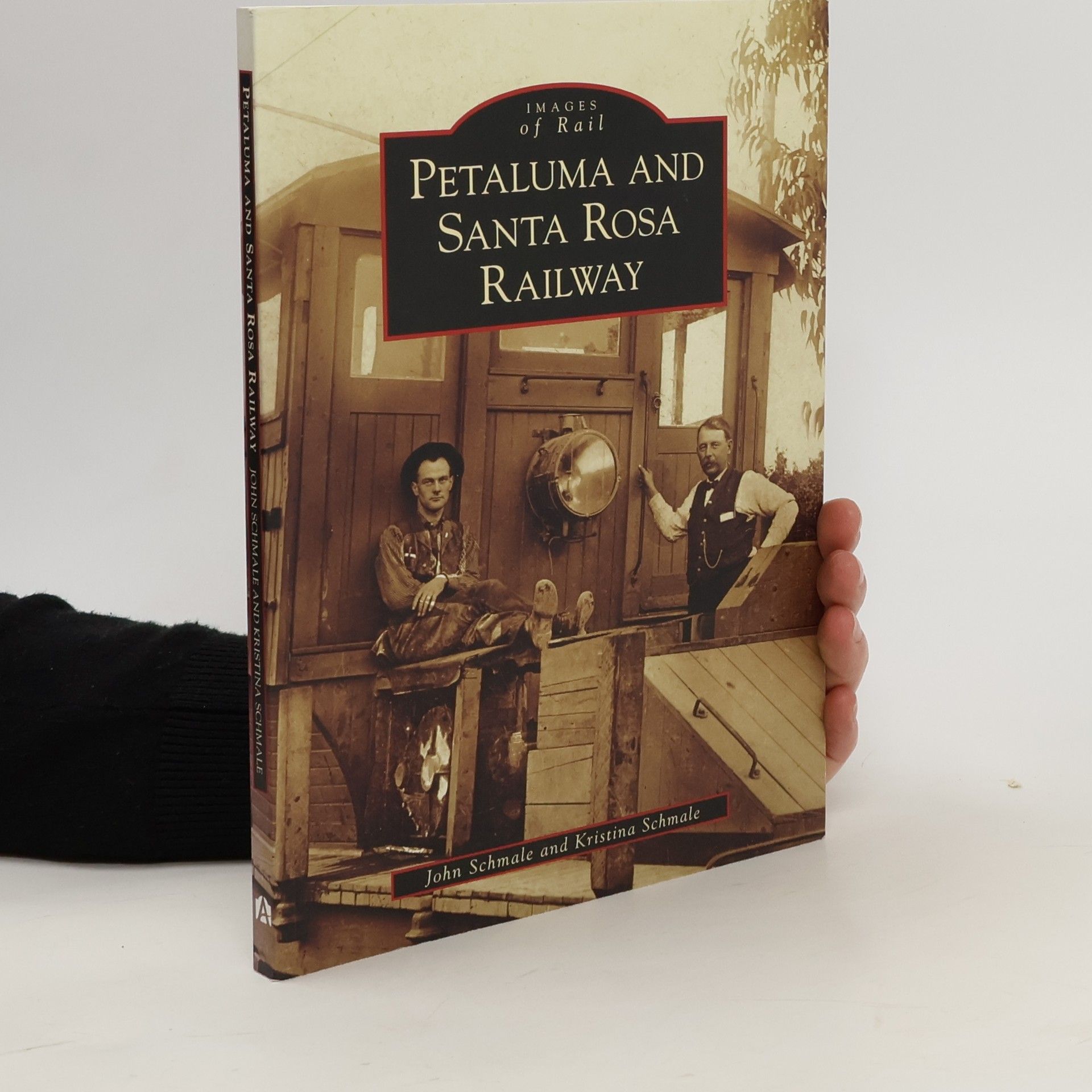Slabtown Streetcars
- 130 Seiten
- 5 Lesestunden
The historical significance of Slabtown in Northwest Portland is highlighted through its pivotal role in the development of street railway systems. Home to the West Coast's first streetcar manufacturing factory, it was integral to the early streetcar network, with local production dominating until the 1910s. By 1950, Slabtown residents were among the last to use the dwindling streetcar lines, marking the end of an era in public transportation. The narrative captures the evolution of urban transit and the community's connection to this transformative period.


